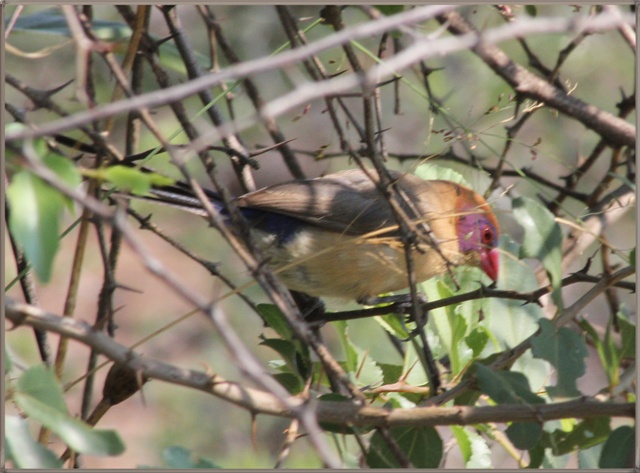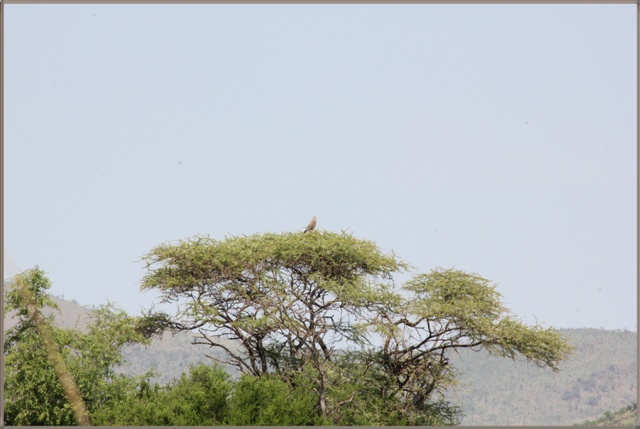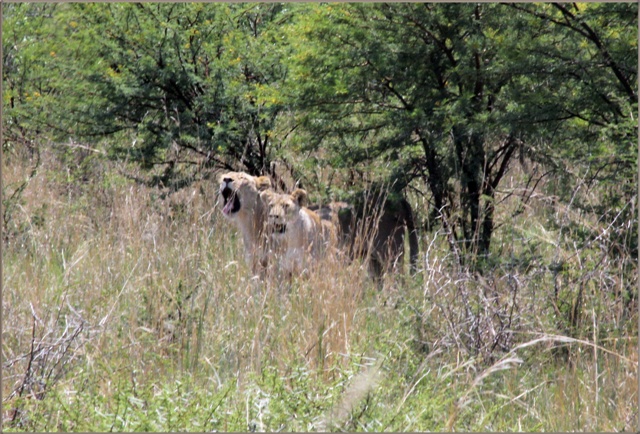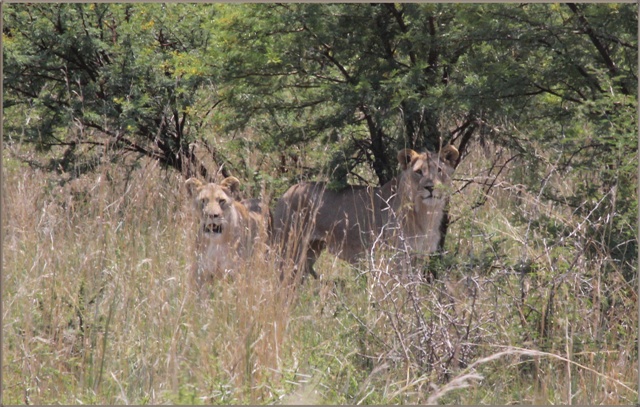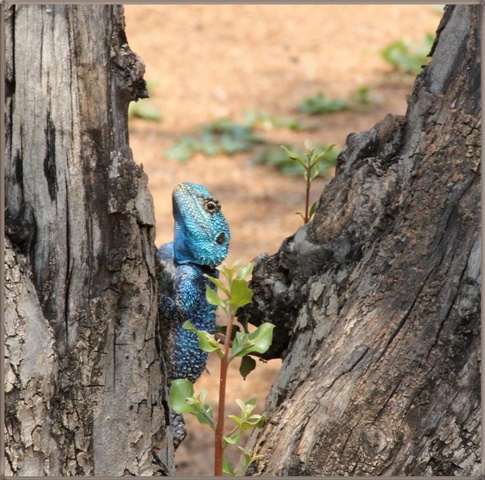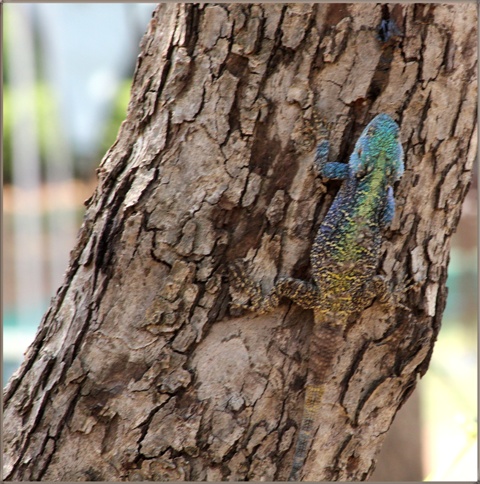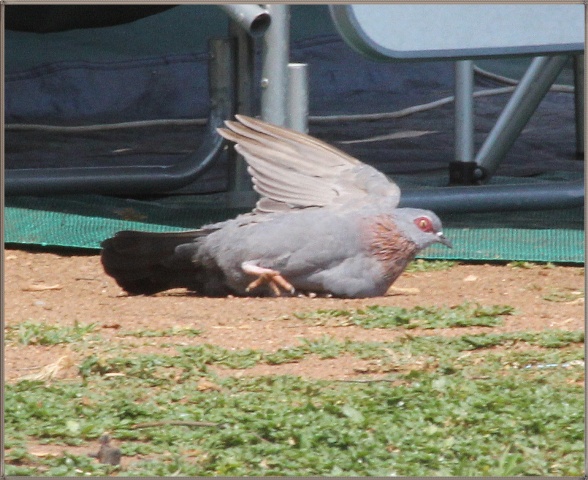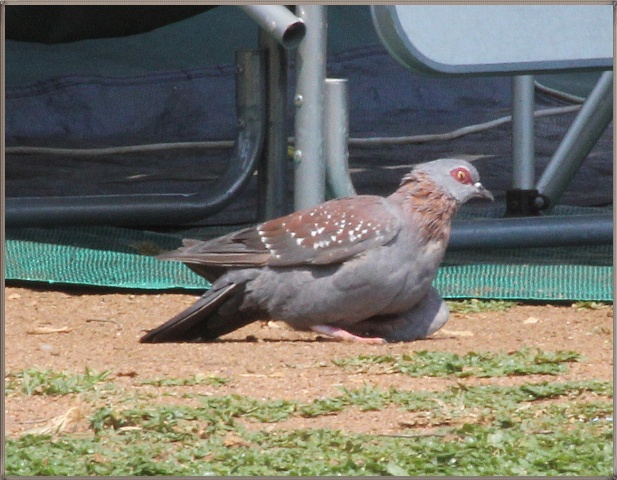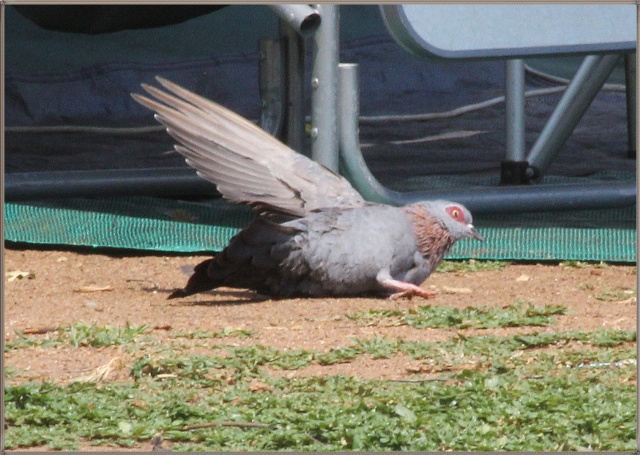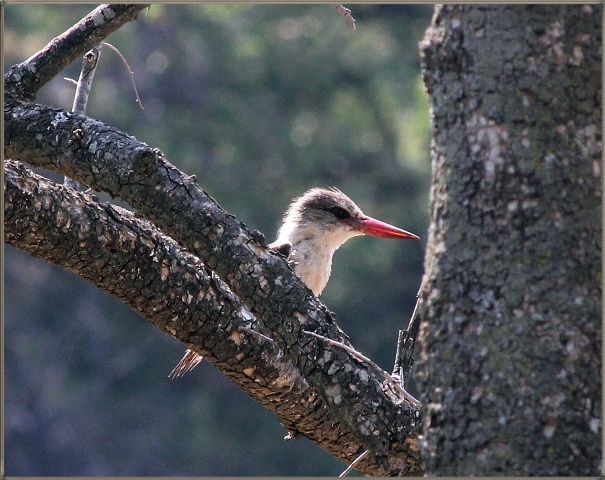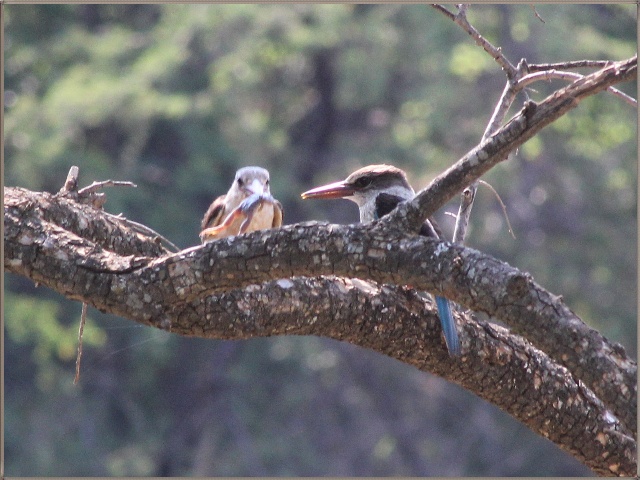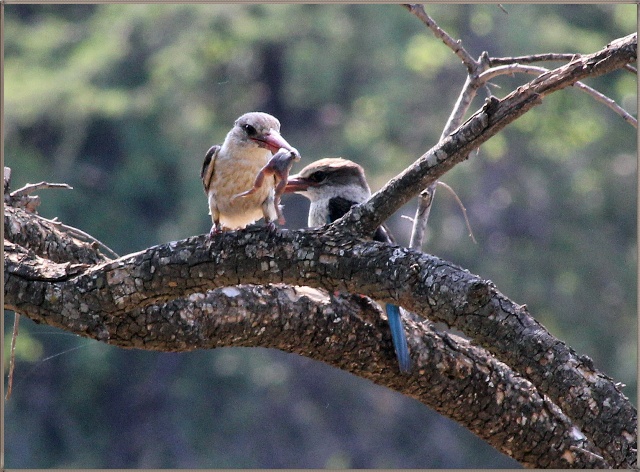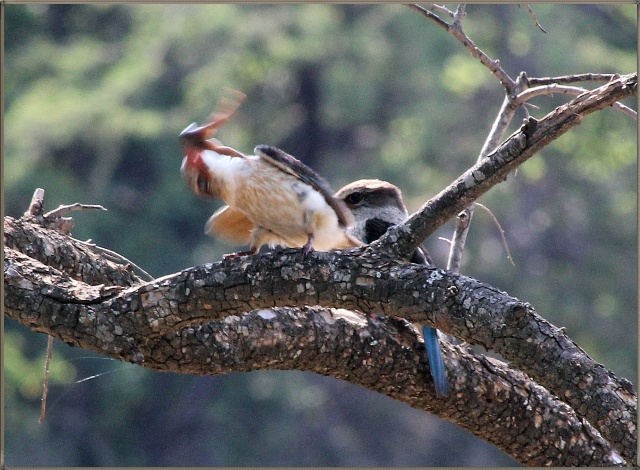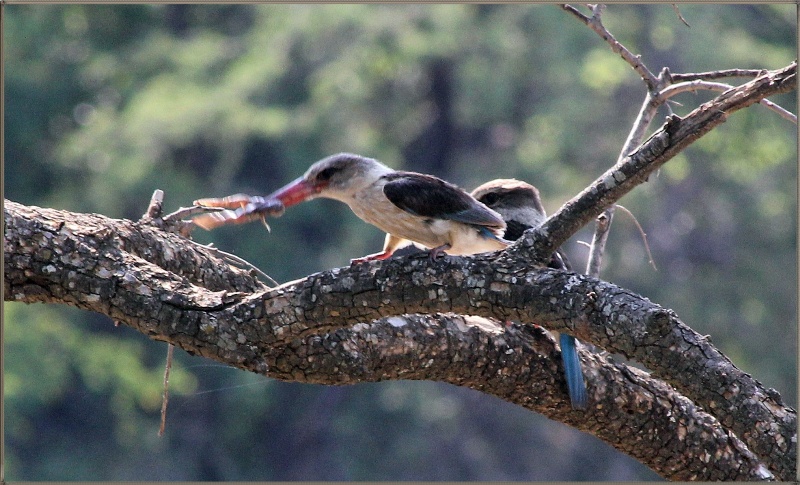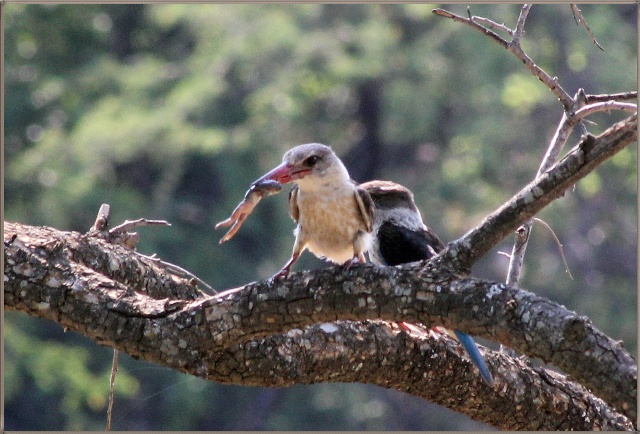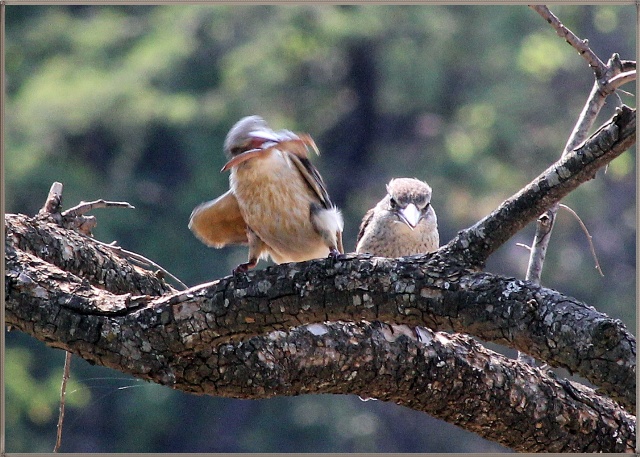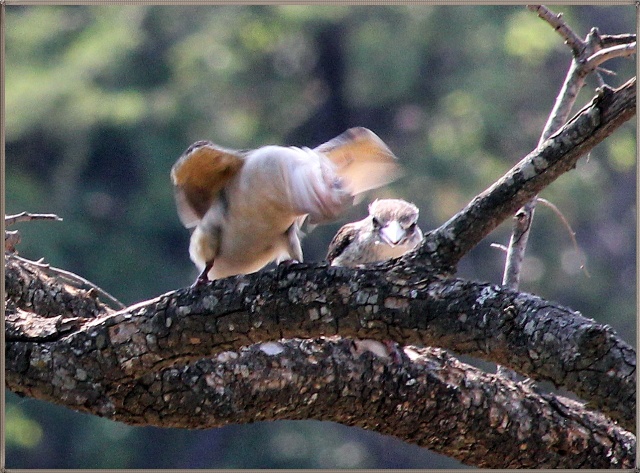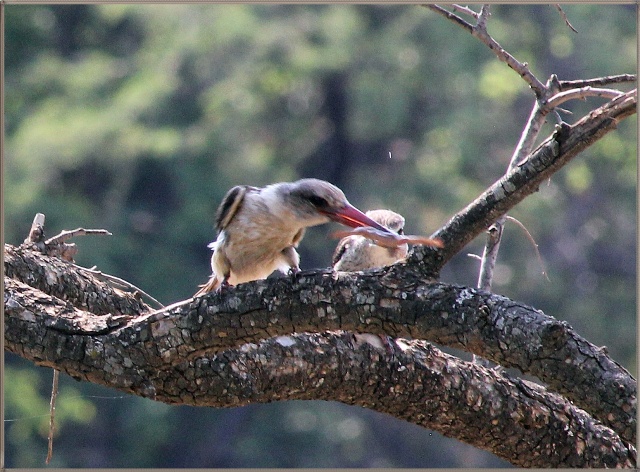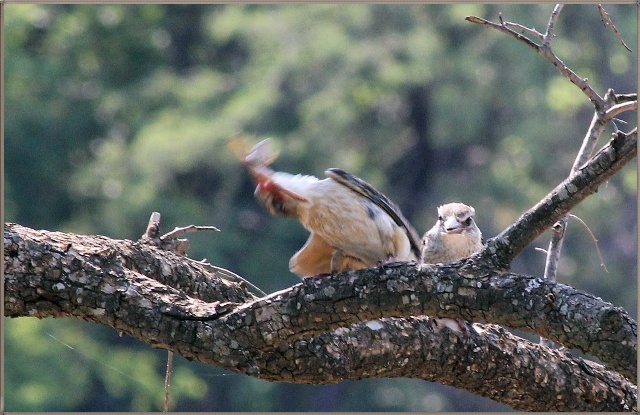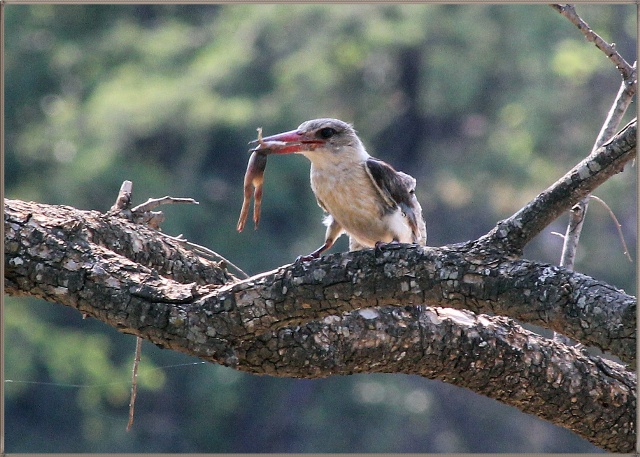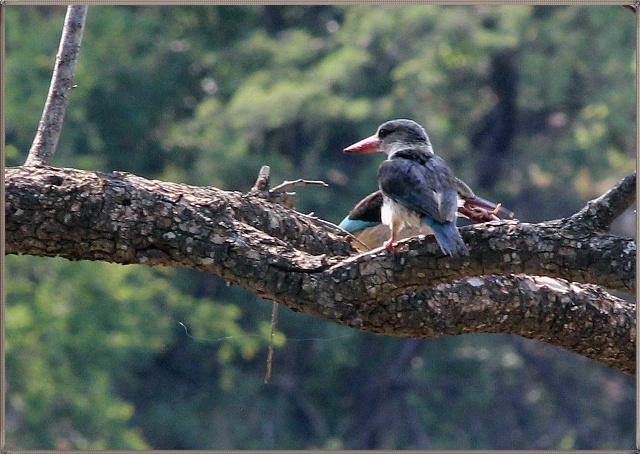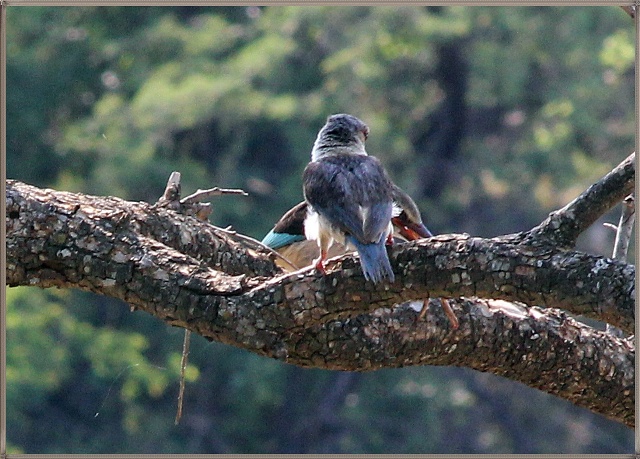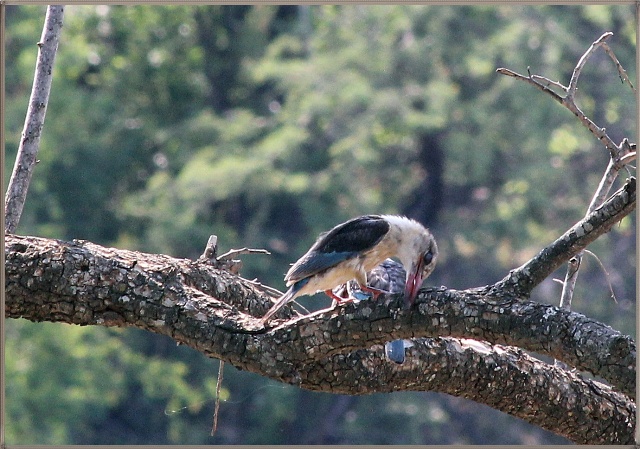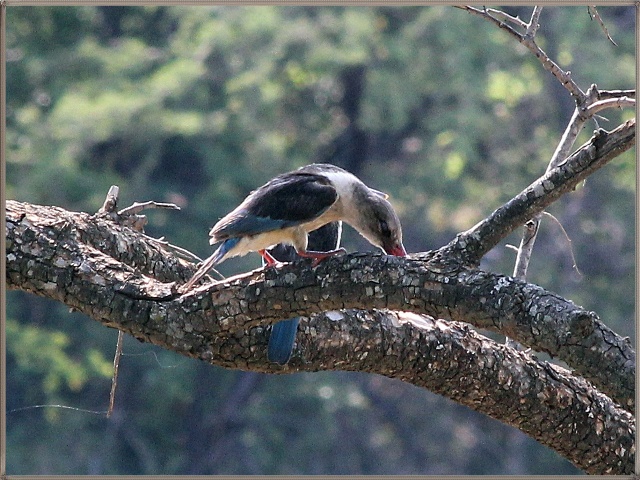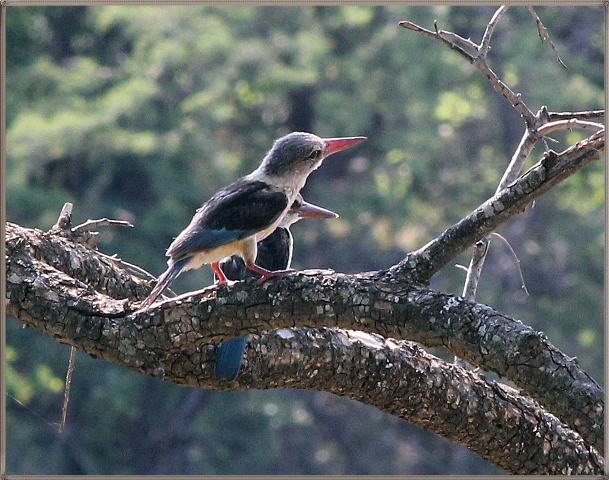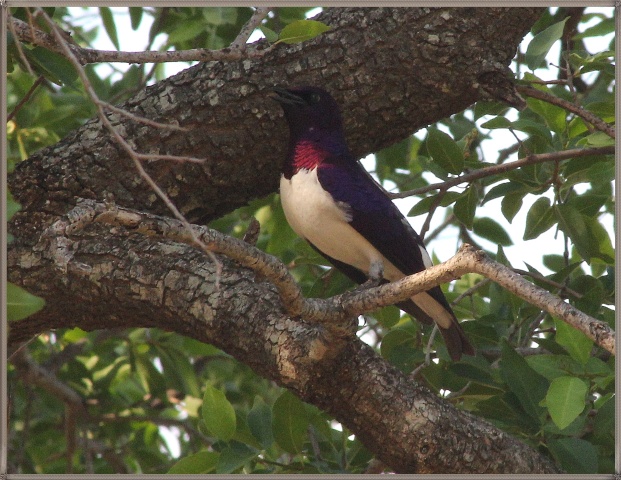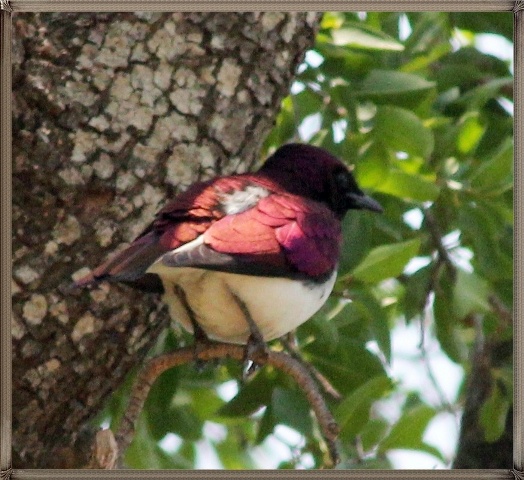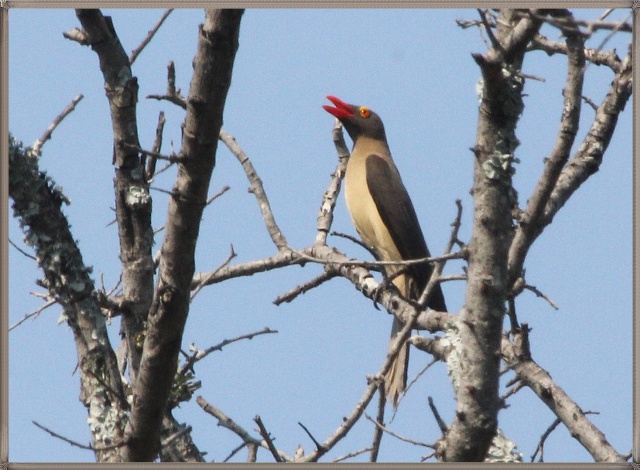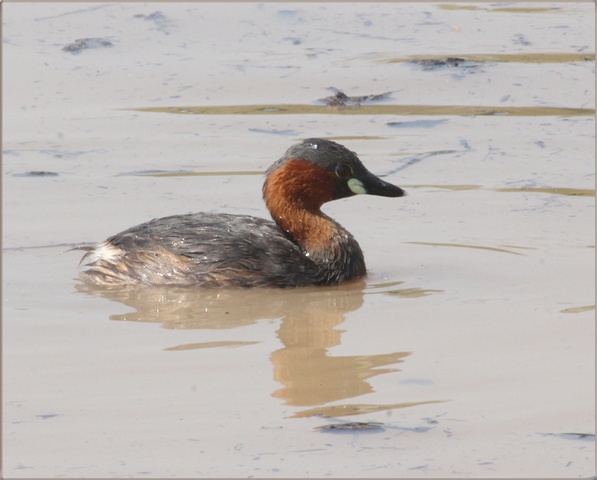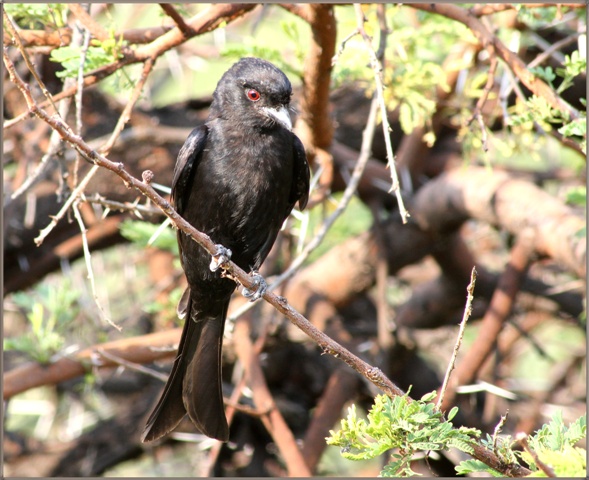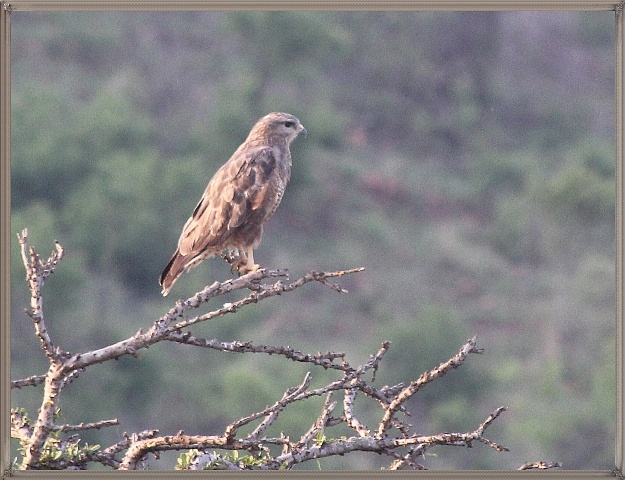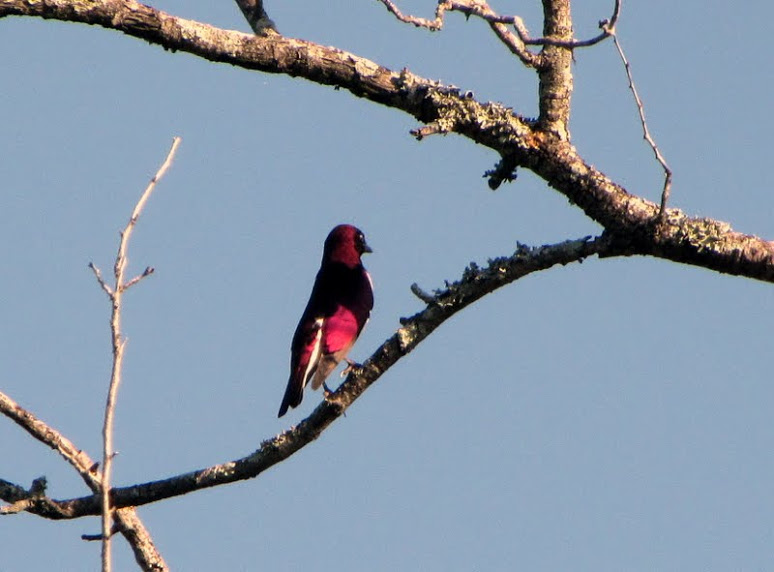Pilansberg - another festive season in the Berg*
Posted: Sun Jan 12, 2014 9:11 am
Efjay got a camera from us because of his love for photography and he was very eager to have us packed and leaving for the Berg. I told him it was a good camera – but he would look at mine and then his and just shake his head in unbelief. I smiled inwardly and knew the proof would be in the pics – yet it took some practice.
My wishlist was –
A leopard – of course
A good pic of a violet-eared waxbill
And of a Diderick cuckoo.
For lifers I only wished for a
Piet my vrou
And Jacobin’s cuckoo.
....I thought this was easy and manageable.
Our first sighting were these Marabou storks. We loved watching them and took quite a lot of pictures.
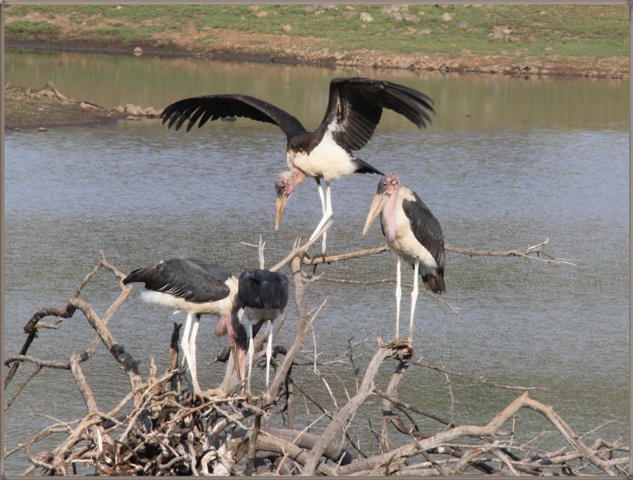
It was only when we moved on that we saw the party was actually on the other side of the Berg….

This large and powerful bird eats mainly carrion, scraps and faeces but will opportunistically eat almost any animal matter it can swallow. It occasionally eats other birds including quelea nestlings, pigeons, doves, pelican and cormorant chicks, and even flamingos. During the breeding season, adults scale back on carrion and take mostly small, live prey since nestlings need this kind of food to survive. Common prey at this time may consist of fish, frogs, insects, eggs, small mammals and reptiles such as crocodile hatchlings and eggs
Along the way we found this African Grey Hornbill hiding..
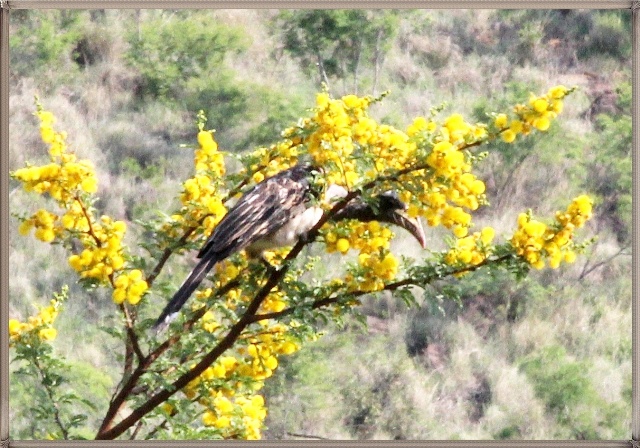
My wishlist was –
A leopard – of course
A good pic of a violet-eared waxbill
And of a Diderick cuckoo.
For lifers I only wished for a
Piet my vrou
And Jacobin’s cuckoo.
....I thought this was easy and manageable.
Our first sighting were these Marabou storks. We loved watching them and took quite a lot of pictures.

It was only when we moved on that we saw the party was actually on the other side of the Berg….

This large and powerful bird eats mainly carrion, scraps and faeces but will opportunistically eat almost any animal matter it can swallow. It occasionally eats other birds including quelea nestlings, pigeons, doves, pelican and cormorant chicks, and even flamingos. During the breeding season, adults scale back on carrion and take mostly small, live prey since nestlings need this kind of food to survive. Common prey at this time may consist of fish, frogs, insects, eggs, small mammals and reptiles such as crocodile hatchlings and eggs
Along the way we found this African Grey Hornbill hiding..

